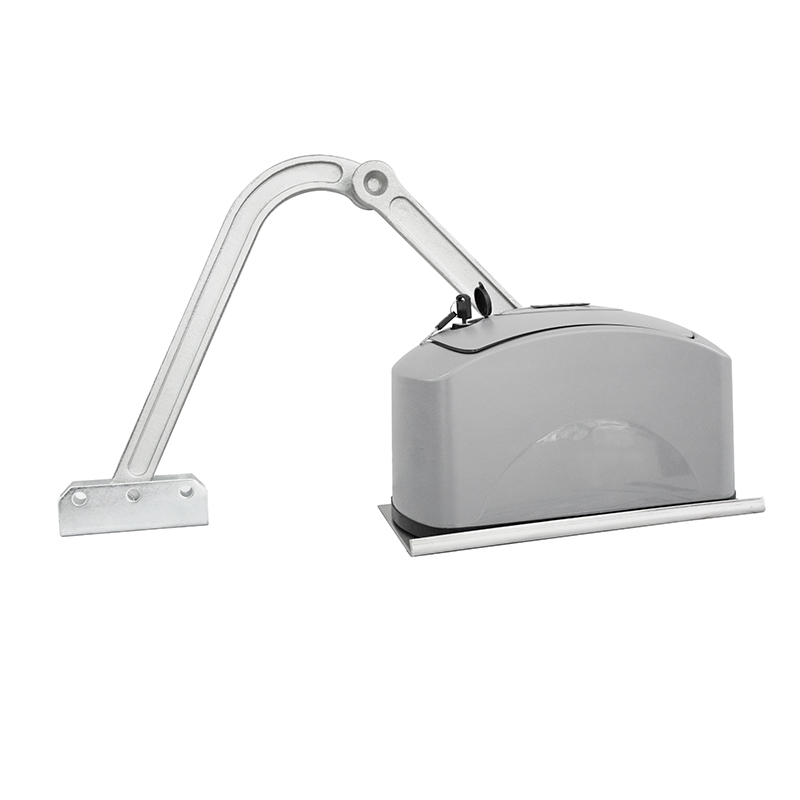How does an arm gate opener differ from traditional swing gate openers?
Gate openers have revolutionized the way we access properties, providing convenience and security. Two popular types of gate openers are the arm gate opener and the traditional swing gate opener. While both serve the same purpose of automating gate access, they differ in terms of mechanism, operation, and suitability for various settings. In this article, we will delve into the distinctions between these two types of gate openers and explore their unique features.

Mechanism and Operation:
1. Arm Gate Opener:
An arm gate opener, also known as a linear gate opener or a slide gate opener, operates by using a motorized arm to slide the gate horizontally along a track. The arm is typically attached to the gate and pulls or pushes it open or closed. This mechanism is particularly suitable for properties with limited space or uneven terrain, as it does not require the gate to swing outwards.
2. Traditional Swing Gate Opener:
Traditional swing gate openers use a pivot mechanism to swing the gate open or closed, similar to how a door swings on hinges. These gate openers are well-suited for properties with ample space, and they come in both single and double swing configurations. The swinging motion can add an elegant touch to the entrance, making it a popular choice for residential properties and estates.
Space Considerations:
1. Arm Gate Opener:
Arm gate openers are ideal for locations where space is limited. Since they operate linearly, they don't require the clearance needed for a swinging gate. This makes them suitable for properties with narrow driveways, steep inclines, or obstacles near the gate's swing path.
2. Traditional Swing Gate Opener:
Traditional swing gate openers need adequate clearance for the gate to swing open. They are better suited for properties with a wide entrance and ample space on either side of the gate to accommodate the swinging motion.
Installation and Aesthetics:
1. Arm Gate Opener:
Installing an arm gate opener involves setting up a track for the gate to slide along. This track can be embedded in the ground or mounted above it. Arm gate openers tend to have a more discreet appearance, with the motor and mechanism often hidden beneath the gate.
2. Traditional Swing Gate Opener:
Traditional swing gate openers require careful consideration of the gate's weight, hinge placement, and ground leveling. They may be more visible due to the swinging arms and hinge mechanisms, which can affect the aesthetics of the entrance.
Maintenance and Durability:
1. Arm Gate Opener:
Arm gate openers are generally low-maintenance due to their linear movement. The motor and track system require periodic lubrication, and the gate's wheels may need replacement over time. The absence of swinging parts can lead to reduced wear and tear.
2. Traditional Swing Gate Opener:
Traditional swing gate openers involve more moving parts, including hinges and pivot points. These components may require regular maintenance to ensure smooth operation. Additionally, factors like wind resistance can impact the durability of swinging gates.
Conclusion:
In summary, the choice between an arm gate opener and a traditional swing gate opener depends on various factors, including the available space, property layout, aesthetics, and maintenance considerations. Arm gate openers are advantageous for properties with limited space and uneven terrain, while swing gate openers are favored for properties with ample space and a desire for a classic entrance aesthetic. Understanding these differences can help property owners make an informed decision to enhance both security and convenience while complementing the property's design.





